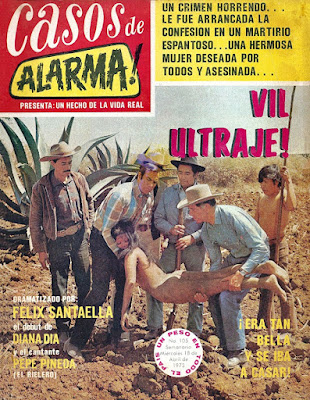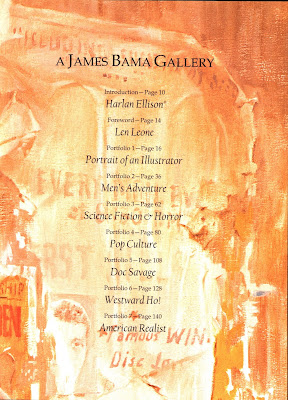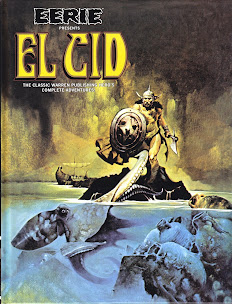Friday, May 20, 2022
Tuesday, May 17, 2022
Book Review: Incident at La Junta
Sunday, May 15, 2022
In Midlothian
Thursday, May 12, 2022
Match Point of Our Love
Monday, May 9, 2022
Book Review: Body of Truth
4 / 5 Stars
'Body of Truth' (465 pp.) first was published in hardcover by Doubleday in 1993. This Bantam Books paperback edition was issued in April, 1993, with cover art by Jim Lebadd.
One of the reasons why the Guatemalan army and the right-wing death squads had gotten away with their massacres and assassinations as long as they had was because Guatemala itself had always avoided major international attention.
***
His was the story of Guatemala.........But sufrimiento was everywhere. Ugliness survived where beauty perished. The fact was that the land of eternal spring had vanished, and the land of eternal suffering had taken its place.
***
On the other side of the plaza, to their left, the Palacio Nacional glowered biliously, a three story farrago of classic and colonial architectural motifs of light green stone........The sight of it angered and frustrated and frightened hundreds of thousands, even millions of the people it was supposedly there to serve.
These expressions of righteous indignation quickly become tedious.
The closing chapters of 'Body of Lies' maintain a leisurely pacing, obliging the reader to endure intricate descriptions of motoring on the Guatemalan highway system, and traversing the narrow roads of villages and rural locales. However, the novel's denouement avoids contrivance, while delivering some additional plot twists.
The verdict ? 'Body of Lies' succeeds as a 'No Place for Gringos' novel. Its length requires rather more investment from the reader than other entries in the genre, such as Ron Faust's 'In the Forest of the Night' (which also I'm reviewing), but provides an convincing picture of a country at a particularly fraught time and place in its history. As such, it deserves four stars.
Friday, May 6, 2022
War Games by B. K. Taylor
Tuesday, May 3, 2022
Book Review: Poso del Mundo
Demaris of course realizes his Anglophone readers want things lurid and appalling, and for the most part, 'Poso del Mundo' obliges. The chapter on Mexican prisons and the hapless gringos incarcerated in them surely would have exerted a sobering effect on those Americanos contemplating travelling South of the Border, and remains relevant today.
Monday, May 2, 2022
May is No Place for Gringos Month
No Place for Gringos
Month !














































.jpg)
















